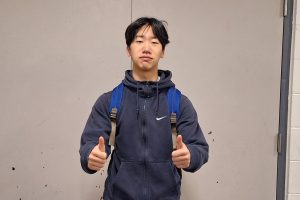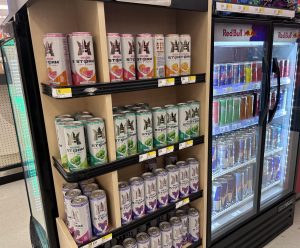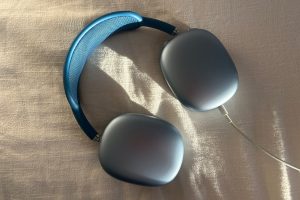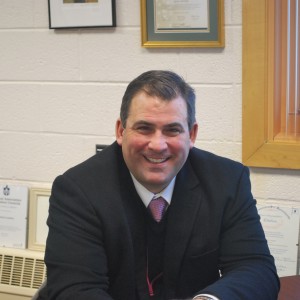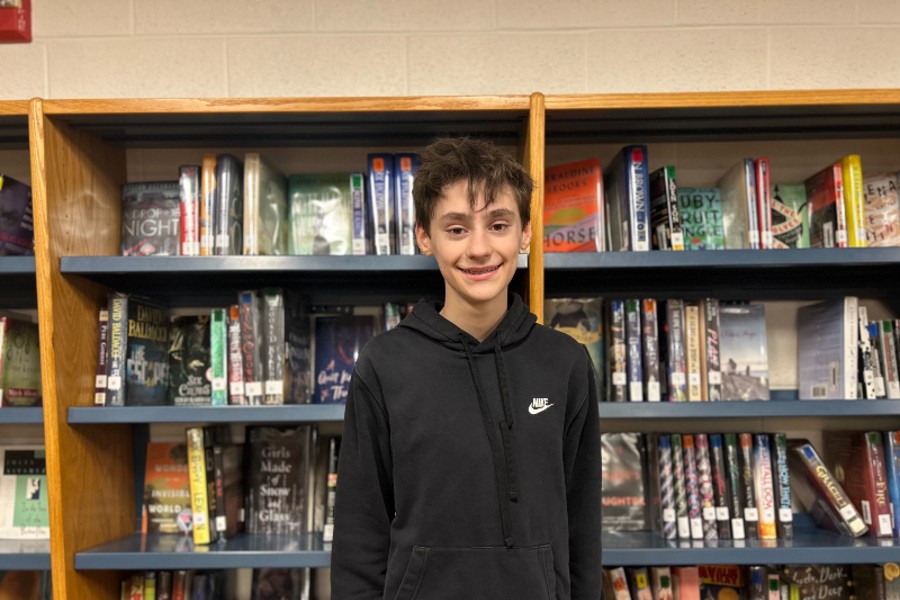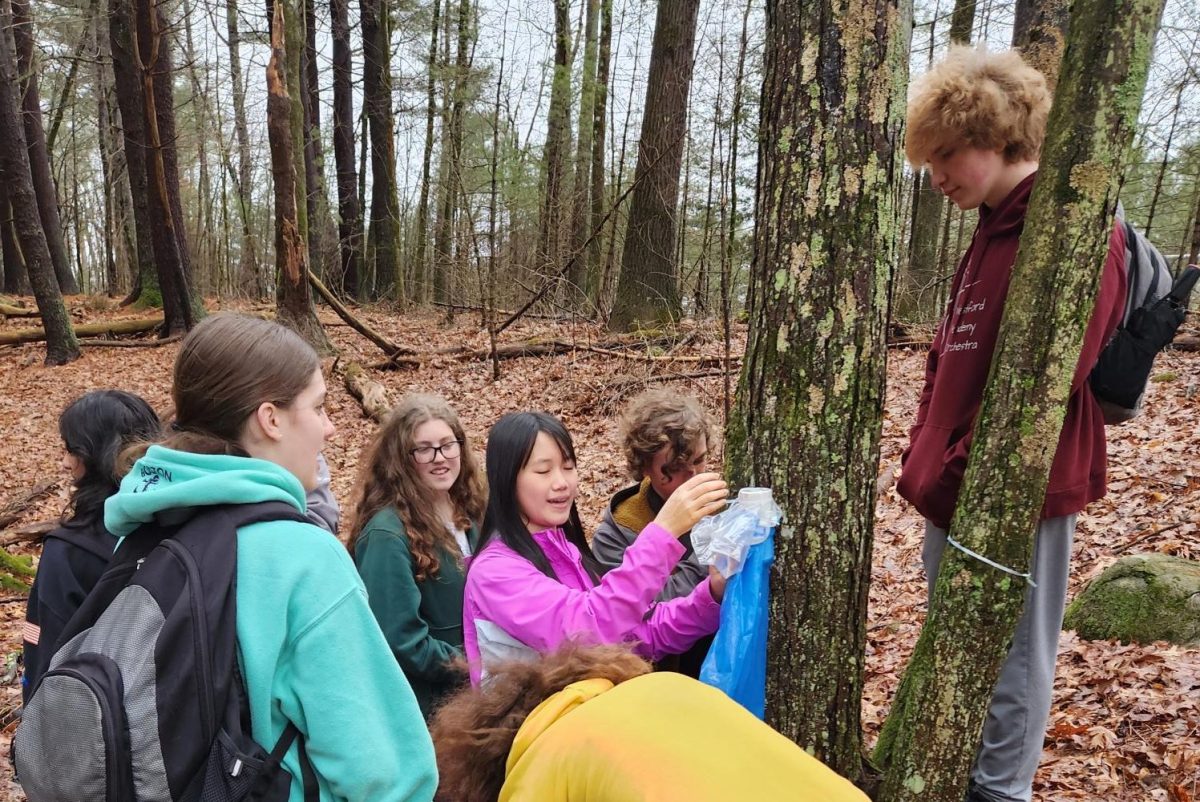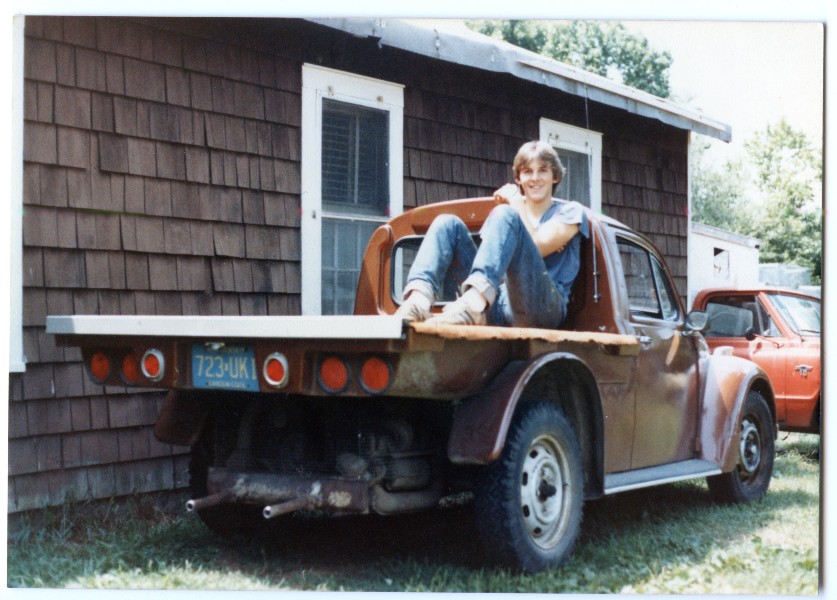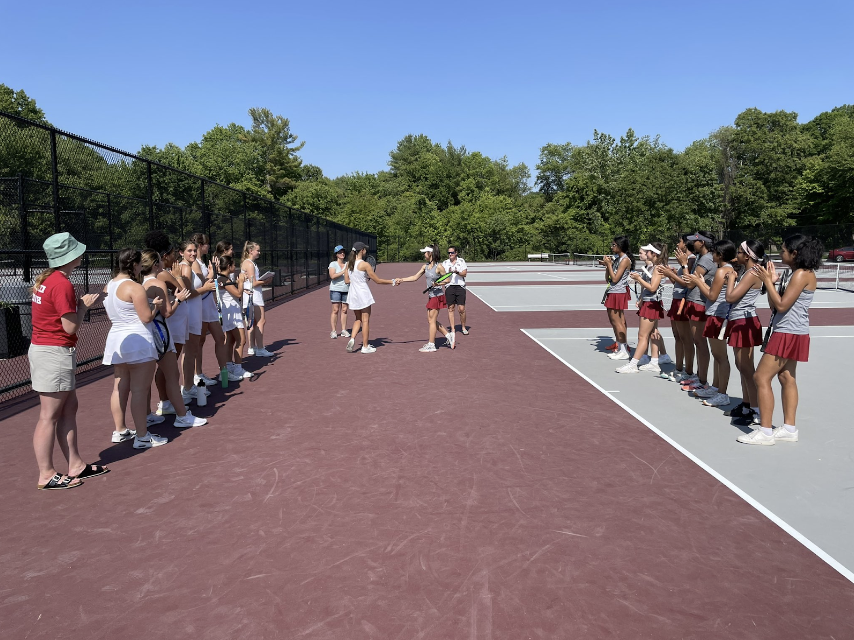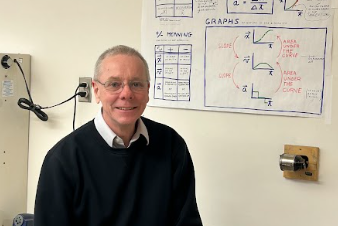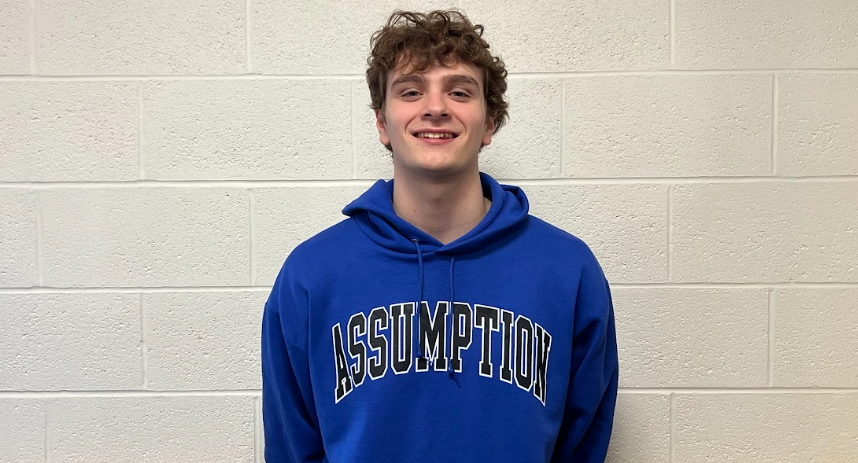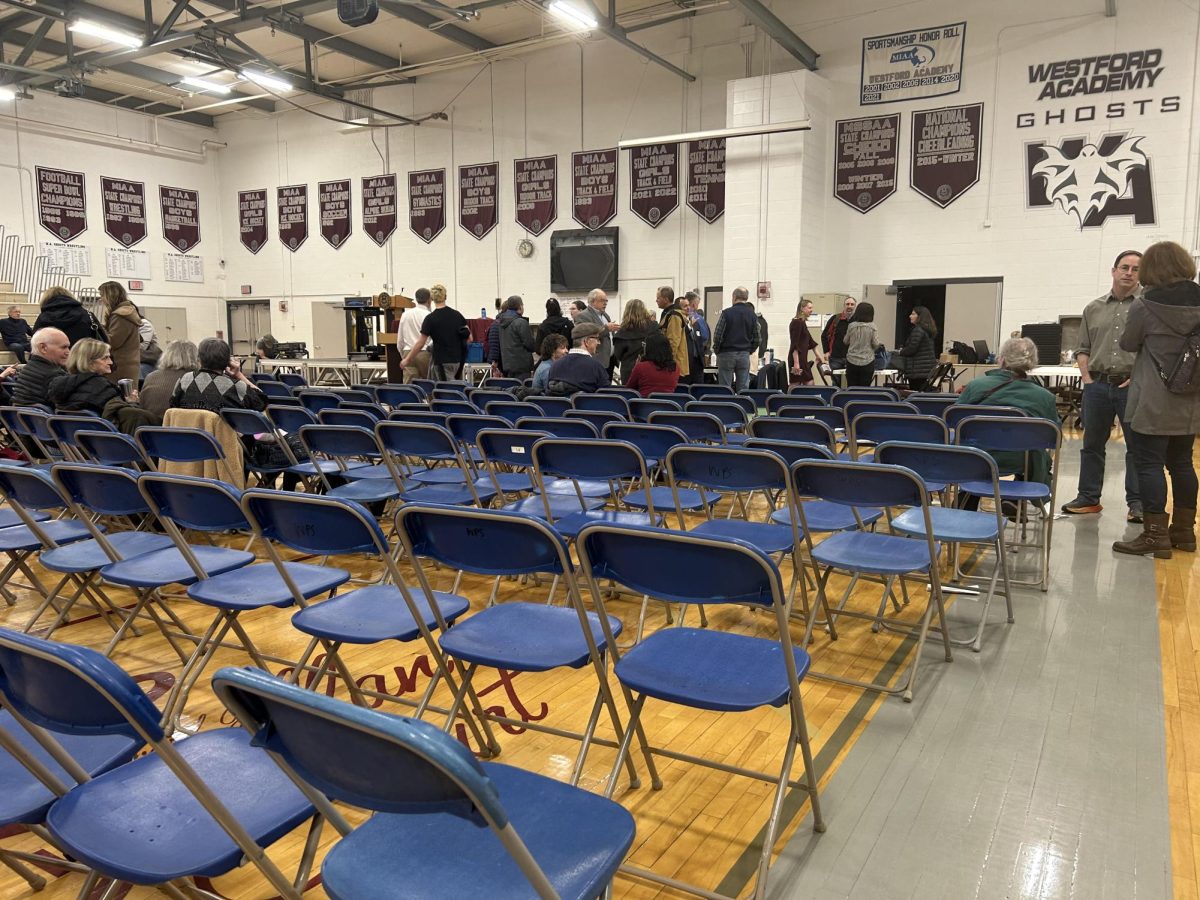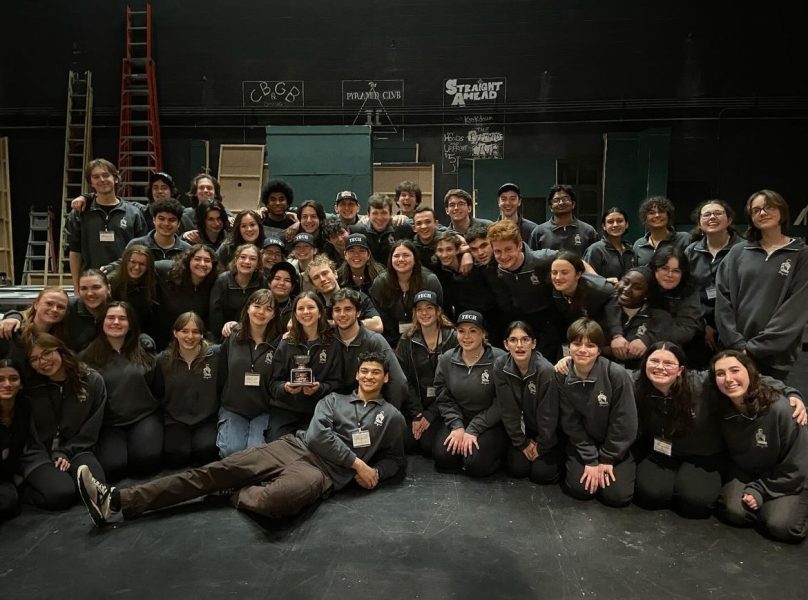By Craig Brinkerhoff
Copy Editor
This piece is a part of a series exploring how new technology will be changing how teaching is approached at WA. For the other pieces, see How WA Does Technology.
The quiet buzz and subtle purr of computers can fill the empty space in the library at Westford Academy quiet easily. Printers clunk along as teachers in the Mac Lab cover plagiarism policies on the InFocus projector. Despite the hum of discussion often spread out over the library, these pieces of technology continue to chug along.
Stepping into any classroom at WA, there will be an InFocus projector, often utilized to better display notes for students. Other teachers have access to Smart-boards, wherein classic note taking and touch screen capabilities are fused. Others use one of four carts loaded with Apple Mac laptops, or a cart of iPads. All of this technology is amazing and keeps WA at the forefront of technology in the classroom, yet it is not enough.
“We should be moving away from labs where technology is taking place to where each one of you has a tablet,” says Principal James Antonelli.
Antonelli is dreaming big. Within a four year process, he plans to revolutionize how technology is used at WA by instituting a one-to-one policy, in which all students have some sort of tablet or laptop for school. But before anything else can happen, the student-installed, 15 year old infrastructure needs to be redone, a process which has already begun with new Bluetooth capability being installed in the building.
“Without that infrastructure, you can’t move forward. We just keep stalling … Step 2 is professional development, because you need to tell the teachers and teach the teachers how to use it. Is flipping on an InFocus projector and showing a YouTube video really technology? It’s not really, it’s at the lowest level. There are different tiers on how to make that more integrated into the classroom, so professional development is the next step,” he says.
Professional development is key to this process of remodeling teaching at Westford Academy. Antonelli cites that the main holdup in the development of things is that students know more than teachers. With this professional development, soon enough WA teachers would feel more comfortable with the fusion of traditional classroom processes and high-tech, and more and more resources and examples would be at a teacher’s fingertips.
With this in mind, he provides a great example on how this process could help.
“Teachers don’t have the time, quite frankly, to go out and research every one of those things. So lets buy something and communicate as sister schools and say, ‘Here are forty different resources about the Pythagorean theorem.’ Then all of a sudden, the teachers are teaching it different ways, and then give a test, and we’ll see how Craig does versus James,” he says.
What Antonelli described above is what K-12 Director of Digital Learning Julie Elkan calls a “blended environment.” One in which a part of the course is taught online, and the barrier between the physical class and the cloud is thinned considerably.
But he is not done yet. As previously mentioned, he wants to get every student on a tablet, or perhaps a laptop, in school. This one-to-one system brings up its own share of problems.
“[For] most students, when we go to the one-to-one environment, the phone is an extra, so you can count on the students having two devices, and the teachers having two devices. So when they want to stream video, that puts a huge burden on the infrastructure, the gambling,” says the new k-12 Director of Digital Learning Julie Elkan. Despite the logistics of all of this, a plan is developing.
If you own your own laptop or iPad, the process would be simple: bring it to a school IT desk and get certain passwords, network codes, etc. and you are good. If you do not own your own equipment, however, he wants to instate a rent-to-own program for netbooks.
“You’re talking twenty bucks a month, and at the end of the year you own the thing … you’ve got to set up opportunities for kids to be successful and I think in Westford, being a fairly affluent community, most individuals would be able to handle that,” he says.
That is most of his plan, in abbreviated form. A lot of it is still in the conceptual phase, and that stems from the disagreements between Antonelli and the town’s IT department, whose plan to solve the WiFi infrastructure problems is to force all students to power their phones down during school.
“Their vision versus my vision is a little bit here and here. Like I said, I can’t ask 1,700 kids to turn off their phones during the day. They expect me to. It isn’t going to happen,” says Antonelli.
Luckily, he has Elkan on his side.
“I think we very much support each other. We have the same idea that we want students to have the best opportunities in school and we want them to be able to not just turn off their technology as they come into school,” says the Holliston native.
Elkan’s role in this process is to lead the curriculum side of technology (Town Technology Director Mike Wells covers the hardware side of things) into the 21st century. Her job is to teach the students “how to be digitally literate” and “good digital citizens.” By ways of needs assessments, accomplished through focus groups, sitting in on classes, and walking around WA, she has begun the process of getting hard data to back up her and Antonelli’s propositions.
She is also tied to the funding that is allocated for technological programs in town, and specifically at WA. While she notes that Westford residents are very generous with grants, and the town’s six year recycling program, wherein all computers, etc. are replaced every six years, is great, it will not be enough for what they want to achieve.
“[The recycling program] doesn’t allow for any innovation. So, six years ago, iPads did not exist, and in six years there will be something that I don’t know what it is … To fund a whole one-to-one initiative is going to take more than grants,” she says.
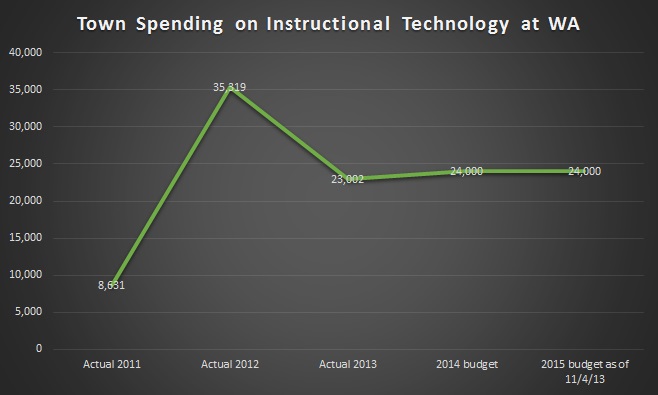
With all of this in mind, it is clear that a lot of this plan is still conceptual. Without better infrastructure, of which two sides are clashing, nothing can go forward. After that, there is still a lot of needs assessments and planning before a true one-to-one program can go into effect. Regardless, it is clear that both Antonelli and Elkan are looking to revolutionize teaching at WA, and are confident that the town will never want to go back.
“By then your four years out, and people don’t want to go back to teaching the way they used to. They’re going to start teaching in a more cutting edge approach. It’s more exciting,” says Antonelli.


